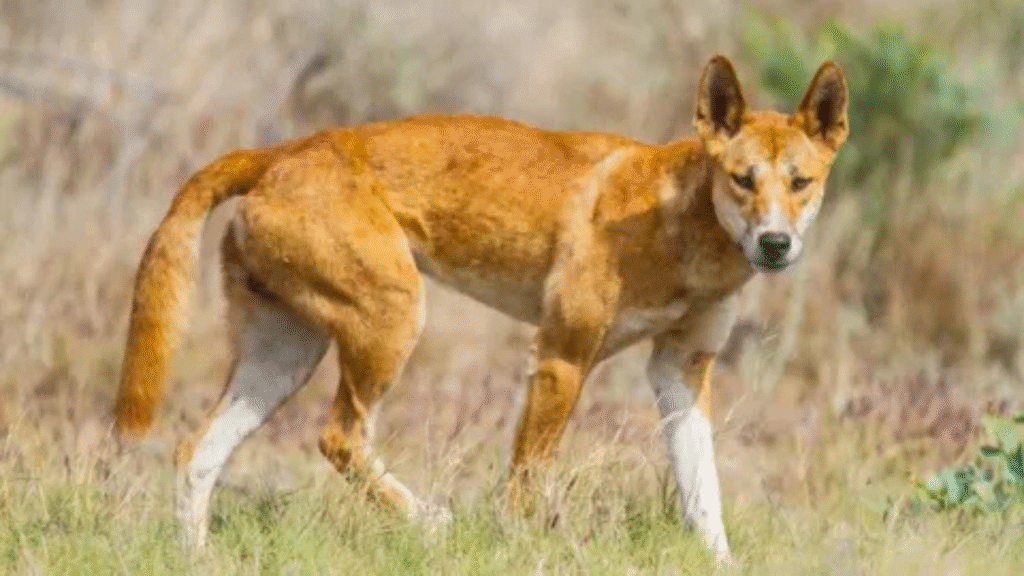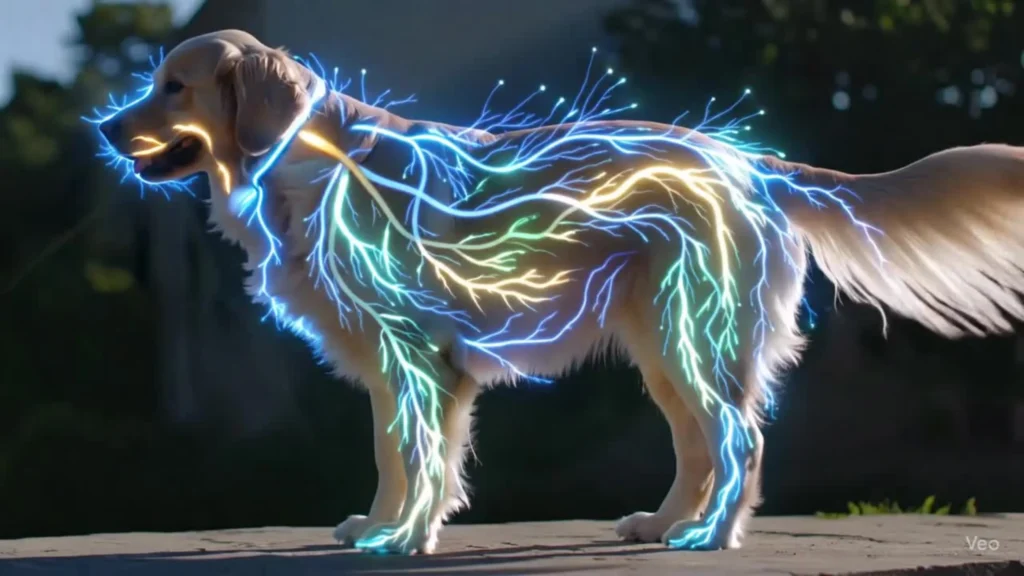The Dingo Debate: Species or Feral Dog? You’ve probably heard of dingoes—the wild, iconic dogs of Australia that roam the outback.
But did you know there’s a big debate about whether they are their own species or just feral dogs?
Recent research has revealed that dingoes have a unique evolutionary path that sets them apart. In this article, we’ll explore the definition of dingoes, the key criteria that make them distinct, the importance of their classification, and the push for a review that includes voices from around Australia.
Get ready to dive into the fascinating world of dingoes and discover why they deserve their own recognition!
- Dingoes are a unique species, not just feral dogs.
- They have been isolated from other dog types for thousands of years.
- Dingoes have their own genetic differences compared to domestic dogs.
- Their classification affects conservation laws and cultural views.
- Researchers want a review to clarify how to classify dingoes.

Summary
Dingoes: Not Just Domestic Dogs
For years, a debate has raged about the status of dingoes in Australia. Are they their own species, or simply feral dogs? The answer is more complex than it seems.
The Dingo Debate Species or Feral Dog?
The Dingo Debate
You might wonder why this debate matters. The name given to an animal can shape how it is treated and protected. For dingoes, this has real implications for conservation laws, cultural recognition, and their future in the wild.
In 2020, researchers established four criteria to determine if dingoes should be considered separate from domestic dogs:
- Reproductive Isolation: Dingoes don’t mate and produce fertile offspring with domestic dogs.
- Genetic Distinctiveness: They have a unique genetic makeup.
- Independent Evolutionary Path: They have evolved separately for thousands of years.
- Distinct from Southeast Asian Village Dogs: They are not the same as dingo-like dogs found in Southeast Asia.
Evidence Supporting Dingo Distinction
Recent research provides evidence that dingoes meet these four requirements. This evidence comes from various fields, including genetics, behavior, ecology, and archaeology. Here’s a closer look at what they found:
| Criteria | Evidence |
|---|---|
| Reproductive Isolation | Dingoes have been separate from other Canis lineages for 8,000-11,000 years and rarely interbreed with domestic dogs. |
| Genetic Distinctiveness | Dingoes descend from an ancient eastern dog lineage, while most domestic dogs come from western and Arctic lineages. |
| Independent Evolutionary Lineage | Dingoes are more distinct from domestic dogs than domestic breeds are from each other. |
| Clear Distinction from Southeast Asian Dogs | Genetic studies show dingoes share some ancestors with village dogs, but they are a separate population. |
The Role of Domestication
You might think of domestication as a clear-cut process, but it’s more like a winding road. While some animals, like pugs and poodles, have been shaped by human intervention, dingoes have thrived without our help. They have carved out a niche in Australia, adapting to various environments, from deserts to mountains.
Dingoes possess traits that help them survive in the wild, such as:
- Hyperflexible joints
- A single breeding season in autumn and winter
In contrast, domestic dogs have been heavily influenced by human needs, making them reliant on us. If you’re interested in understanding how to care for dogs or considering adopting one, resources like the complete guide to dog adoption can provide valuable insights.
The Power of Naming
The name given to an animal holds significant weight. Under some laws, dingoes are classified as wild dogs, leading to lethal control measures, even in national parks. If treated as domestic dogs, they may not qualify for conservation efforts.
Recognizing dingoes as a distinct species would enable better management and protection. It would also align modern science with the traditional knowledge of First Nations peoples, who have long acknowledged the differences between dingoes and domestic dogs.
Moving Forward
To resolve the ongoing debate about dingoes, it’s time for an independent review by a national scientific body. This review should involve geneticists, ecologists, taxonomists, and representatives from First Nations communities.
Such an approach has proven successful in other countries, like the United States, where a review settled the taxonomy of red and Mexican wolves.
By addressing the naming and classification of dingoes, Australia can clear up decades of confusion. It’s essential to recognize the ecological and cultural significance of this iconic animal, which has wandered the Australian landscape for thousands of years.
Conclusion
In the grand tapestry of Australia’s wildlife, dingoes stand as a thread woven with rich history and unique identity. As you’ve journeyed through the complexities of their classification, it becomes clear that recognizing dingoes as their own species is not just a matter of semantics; it’s about ensuring their protection and honoring their cultural significance. The evidence speaks volumes, revealing their distinct genetic makeup and evolutionary path.
As the debate continues, the call for an independent review echoes across the land, urging scientists and Indigenous voices to come together. Only then can Australia truly embrace the ecological and cultural importance of these remarkable creatures. So, as you close this chapter, remember that the story of dingoes is far from over. Dive deeper into the world of wildlife and technology by exploring more articles at Tech Havela.
Frequently Asked Questions
What are dingoes?
Dingoes are wild dogs native to Australia. They are recognized as their own species, called Canis dingo.
How are dingoes different from domestic dogs?
Dingoes have a unique evolution and have not interbred much with domestic dogs, making them genetically distinct.
Why is the classification of dingoes important?
Classification matters for protecting dingoes; it affects conservation laws and respects Indigenous cultures that honor dingoes.
How long have dingoes been isolated?
Dingoes have been isolated from other dog breeds for about 8,000 to 11,000 years, resulting in unique genetics.
What evidence shows that dingoes are separate from domestic dogs?
Research shows dingoes are more distinct from domestic dogs than different breeds are from each other.
What would it mean if dingoes are classified as a distinct species?
If recognized as a separate species, they’d be called Canis dingo, changing how they are protected under the law.
Is there a call for more research on dingoes?
Yes! Scientists want an unbiased review to settle the debate on dingoes’ classification, including different experts and Indigenous voices.
**Sidnir Vieira**
Founder of TechHavela
A passionate pet and tech content creator, helping dog owners across the U.S. make smarter decisions for their furry friends.



